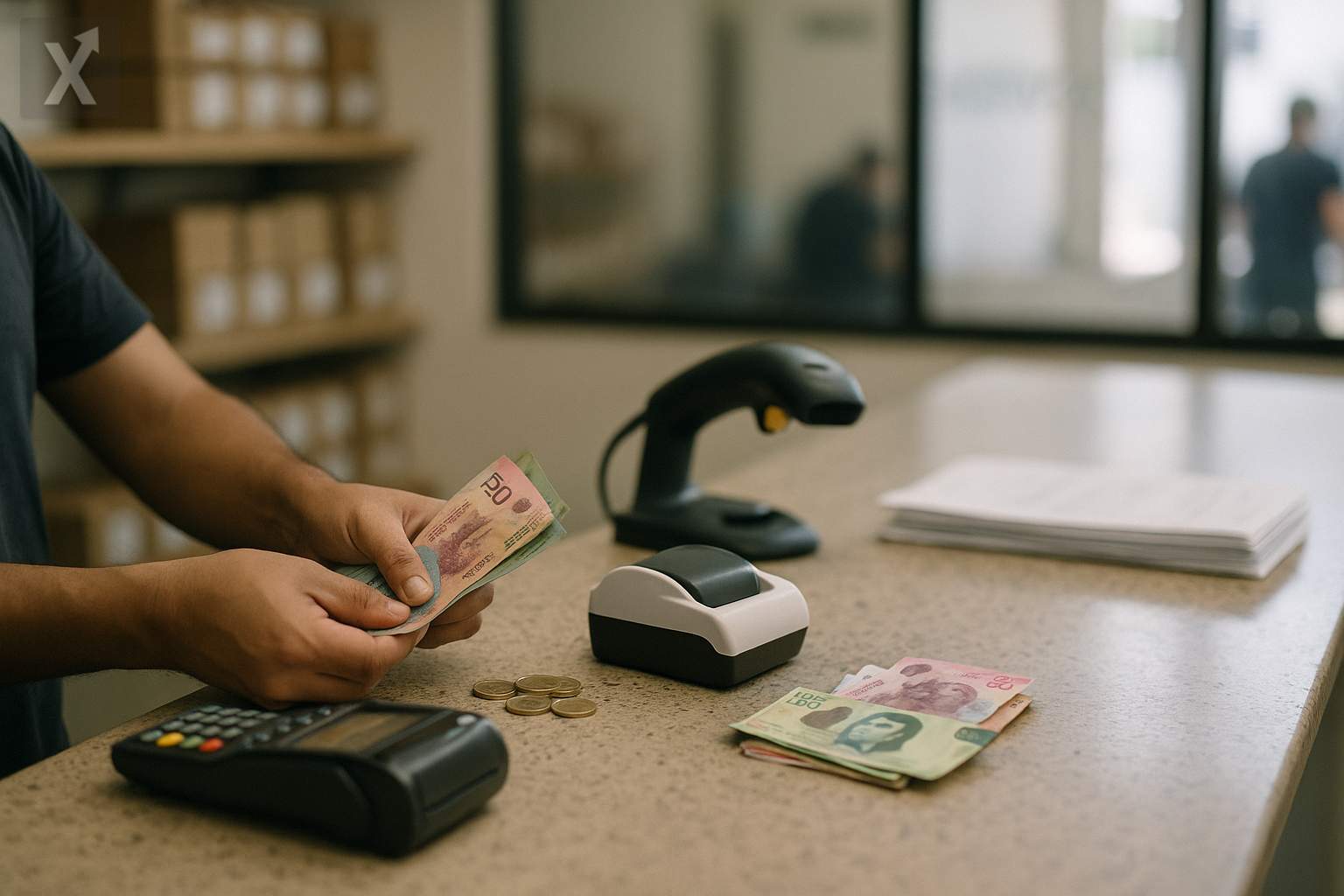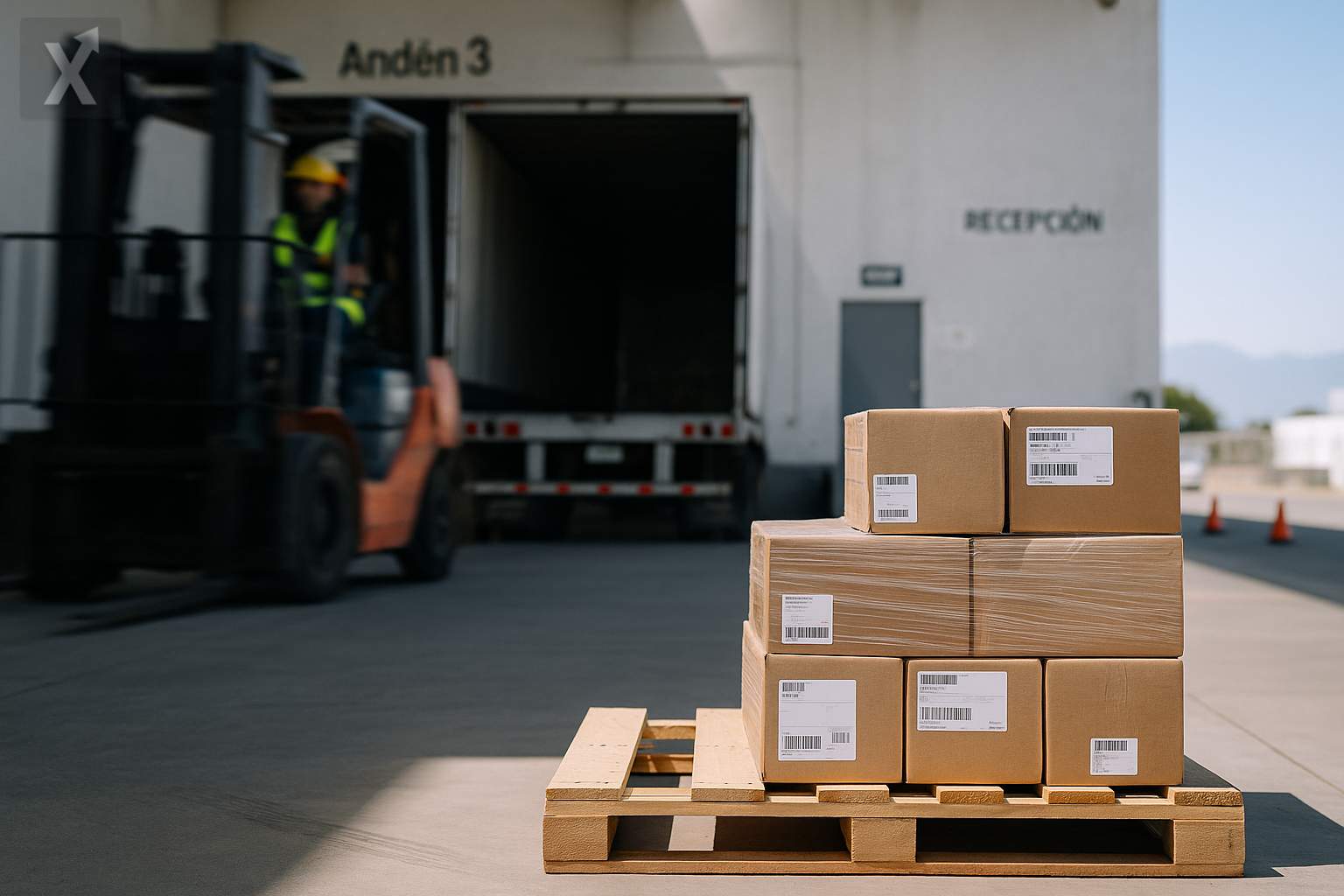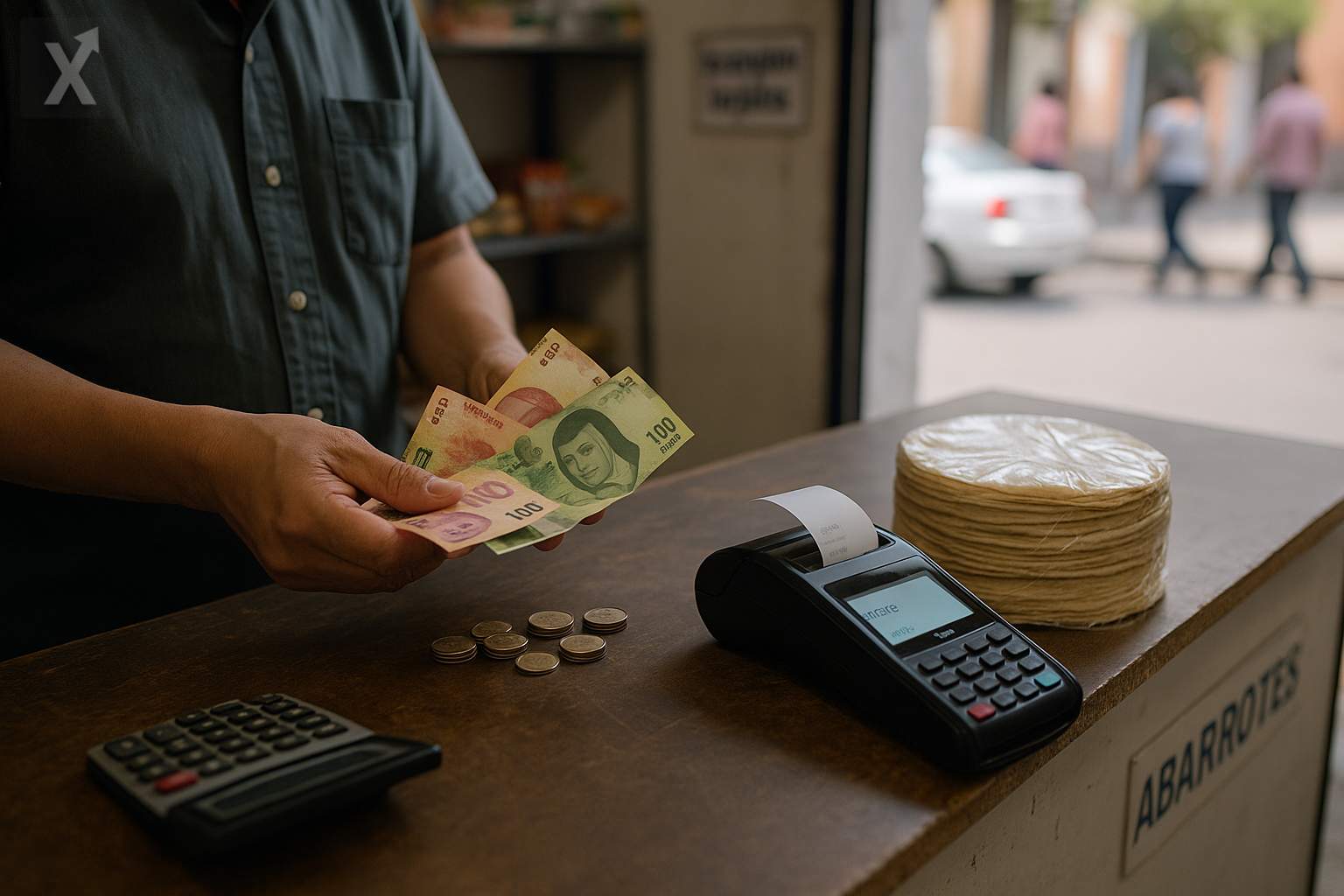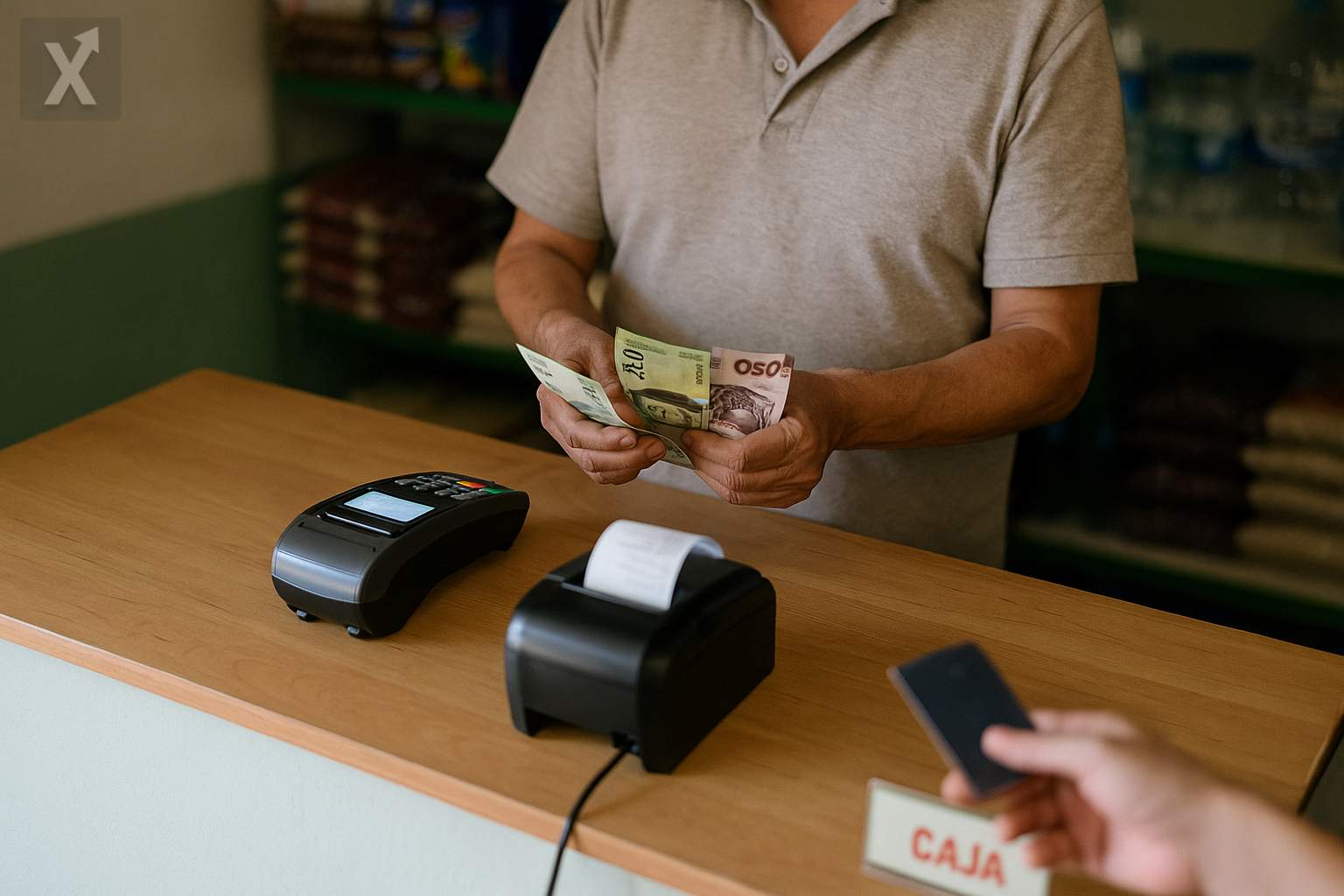JPMorgan’s New Headquarters in New York Rekindles Debate on the Role of Offices and Its Ripple Effect in Mexico’s Financial Market

JPMorgan Chase has inaugurated a 60-story, $3 billion tower in Midtown Manhattan with the explicit goal of boosting recruitment and retaining talent in an increasingly competitive sector. While the announcement centers on New York, its message extends to the bank’s global operations—including Mexico City—and comes at a time when banking and corporate service industries are evaluating what the office of the future should look like in key emerging markets.
The headquarters, designed as a magnet for talent, features flexible spaces, biometric access controls, digital tools to manage day-to-day work, and sustainability standards that include extensive use of recycled materials. The building can accommodate around 10,000 people and, according to the firm itself, will serve as a model for its offices in other locations. This strategy reinforces the idea that, despite the rise of remote work, major financial institutions continue to bet on in-person collaboration and amenities that enhance the employee and client experience.
For Mexico—where the bank has been modernizing positions and technological capabilities in the capital—this move signals continued investment in high-spec spaces. The competition for talent in finance, data science, and cybersecurity has intensified in the country due to the nearshoring boom and the growth of fintech, putting pressure on corporations to offer more attractive, connected, and sustainable work environments. JPMorgan’s global focus could accelerate local standards in wellbeing, energy efficiency, and productivity-centered design.
Mexico’s macroeconomic landscape offers both opportunities and challenges for this strategy. Disinflation has progressed gradually, and the central bank remains cautious in adjusting interest rates, while the peso has experienced periods of both strength and volatility. In this context, banks operate with ample capital and liquidity, and business loans to companies involved in supply chain and logistics have shown dynamism, contrasting with consumer lending, which has moderated from post-pandemic highs. Sustained investment in human capital and collaborative spaces could help capture high value-added projects associated with the regional reshuffling of manufacturing.
The office market in Mexico City, still working through the aftermath of the pandemic, is showing signs of adjustment: activity is concentrated in Class A/A+ buildings along corridors like Reforma, Polanco, Insurgentes, and Santa Fe, with growing interest in environmental certifications and flexible layouts. Rather than betting on big new developments, several companies are considering modernizing and densifying existing spaces, integrating occupancy management technology, and adding amenities that improve commuting and reduce absenteeism. Access to reliable and clean energy, as well as urban connectivity, will be critical factors for sustaining this cycle.
On the labor front, Mexico has advanced in regulating remote work, providing greater certainty for hybrid arrangements. Even so, the adoption of fully remote work remains lower than in the U.S., and many organizations prioritize partial in-person work due to cultural reasons, information security, and compliance. In this respect, a global giant’s investment in “destination” offices could influence local corporate policy—especially in banking, consulting, and tech—where face-to-face interaction is seen as a differentiator in training and risk management.
Looking ahead, the potential for Mexico to attract more shared service centers and regional teams will depend on regulatory stability, the quality of urban infrastructure, security, and access to bilingual and specialized talent. The signal being sent by JPMorgan—and other global players—is clear: the office isn’t disappearing; it’s transforming. For Mexico’s financial ecosystem, this transformation could drive targeted investment, productivity gains, and higher standards for sustainability.
In sum, JPMorgan’s new headquarters reaffirms the strategic value of the physical office and sets a high bar in terms of design and sustainability. In Mexico, this approach could accelerate the modernization of bank and service sector workspaces amid a macro environment of gradual disinflation, still-restrictive rates, and opportunities associated with nearshoring. The key will be turning square footage into competitive advantage—and ensuring the urban and regulatory conditions to make it profitable.






